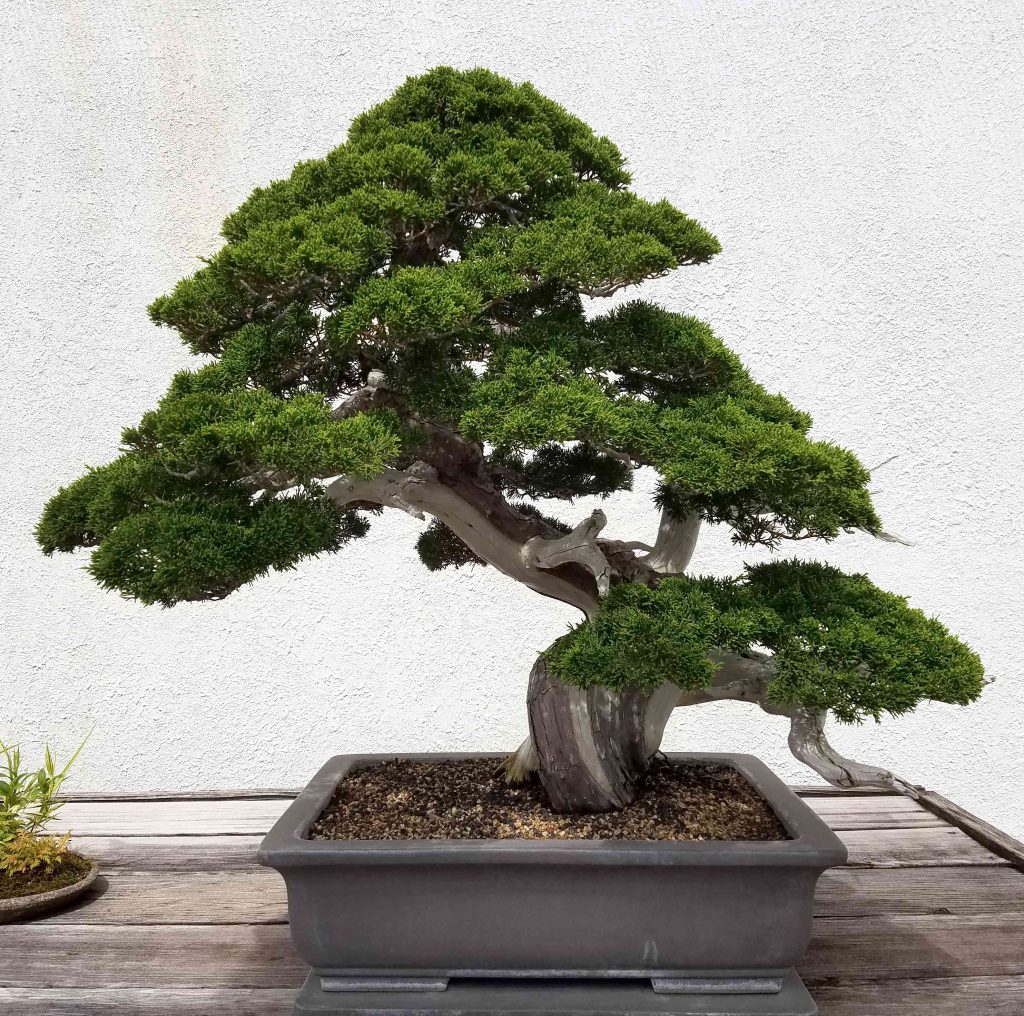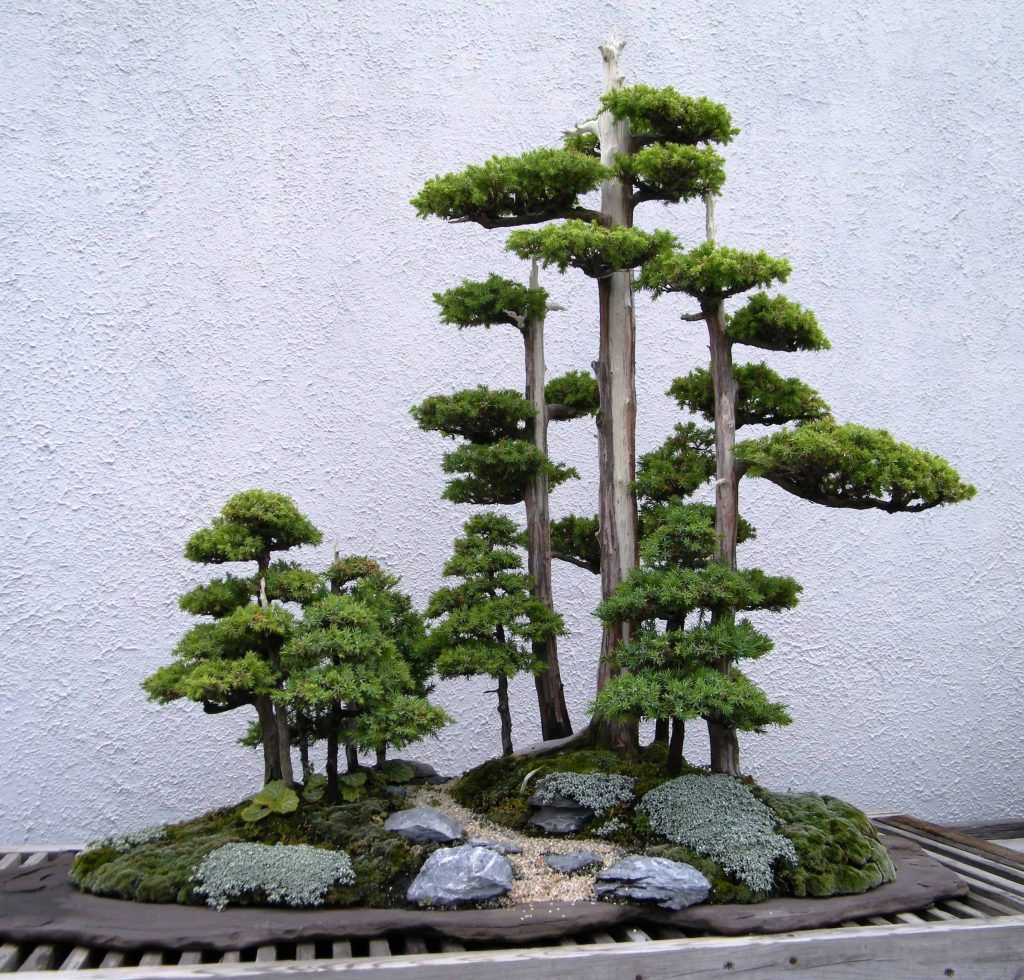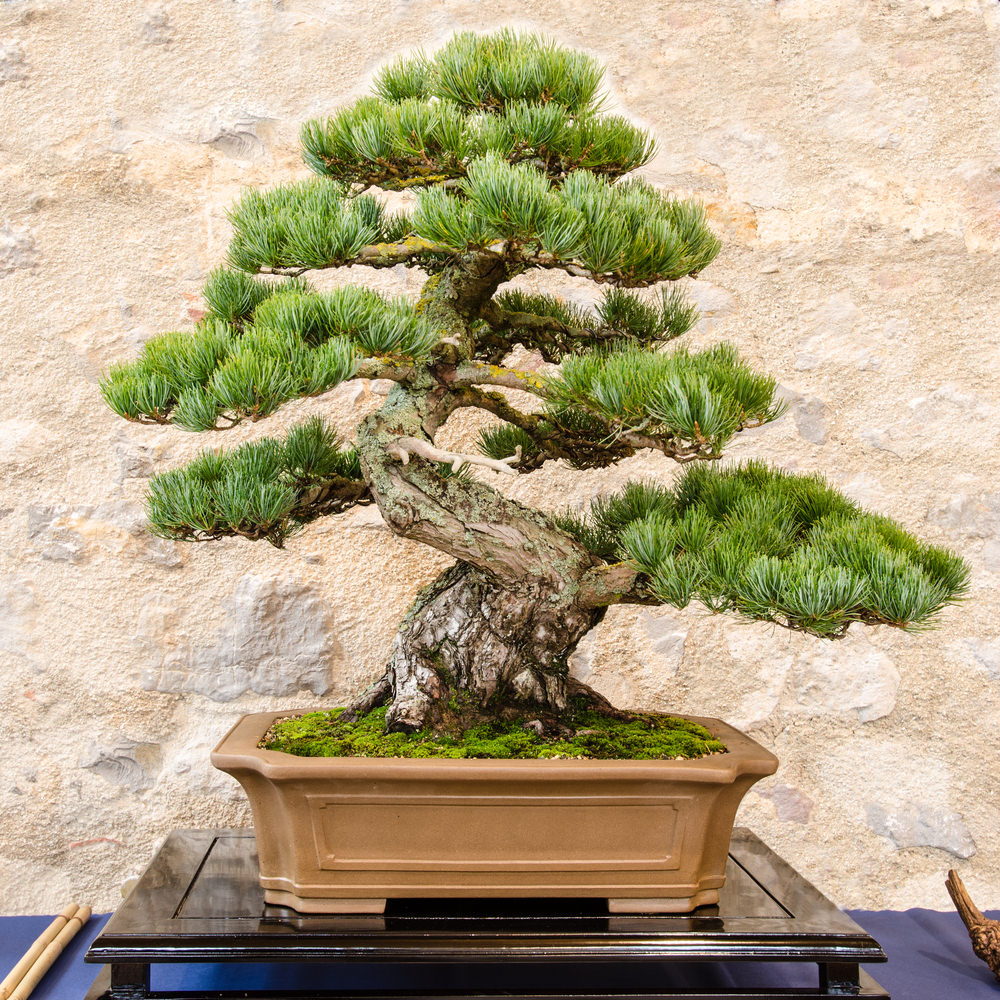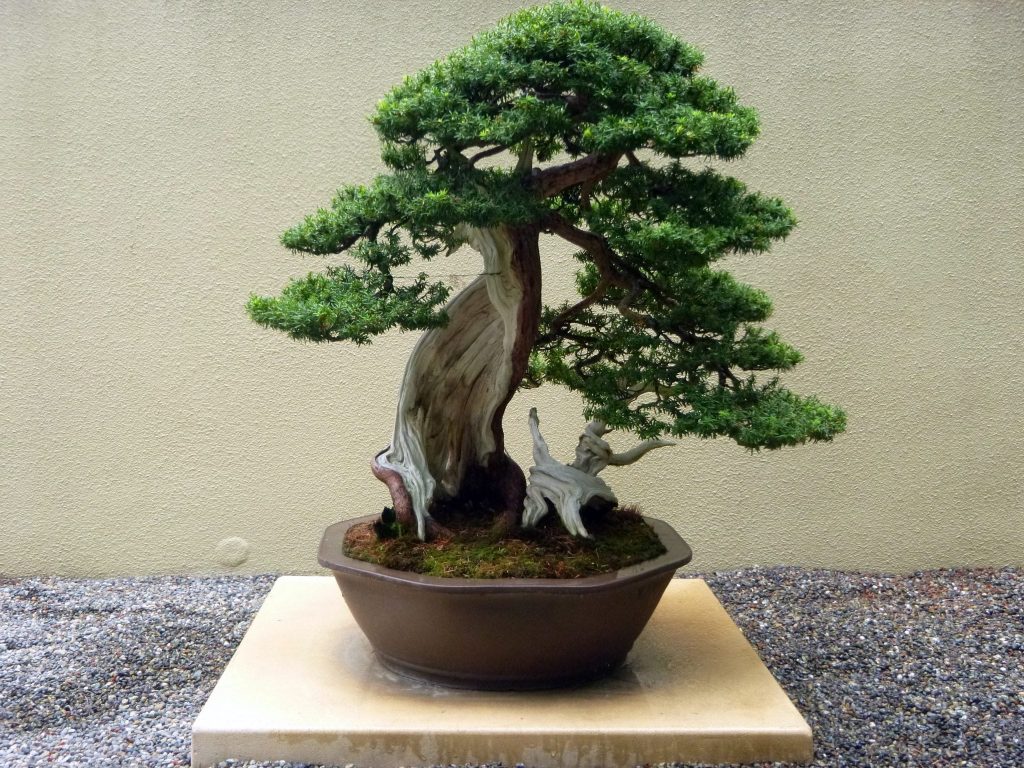Do it right
Bonsai is a Japanese art of making miniature trees. Just as a painting requires the correct color palette and differently sized brushes so does Bonsai. For starters, Bonsai trees require special and spacious pots in order to grow well. The right pot will help you re-pot, water or plant a companion tree when necessary.
There are many reasons as to why bonsai trees need special pots. The first is the soil type. A Bonsai has a thin layer of soil on its branches and leaves. A regular tree, on the other hand, is surrounded by a thick layer of soil around its roots. This makes it difficult for the Bonsai to firmly root itself as it does not get as much moisture. A bigger pot enables more moisture absorption.
But if you’re a beginner or only want to work with varieties that are easiest to train you might start out with the following varieties: Juniper, Ficus, Japanese red maple and the Chinese elm. But whatever the species of tree, know that young bonsai trees will begin to grow like regular trees and survive in regular soil. But once you slow the tree’s growth in order to turn it into a bonsai, regular soil will no longer suffice.
If you are thinking of growing bonsai trees from seeds or cuttings, it would be best to start out in regular soil, which provides more support for roots to grow. You need a strong root system to keep your bonsai tree upright. Once the root system gets established, transfer your bonsai into bonsai tree soil.
But what is Bonsai Tree Soil?
Contrary to its name, bonsai tree soil does not contain regular soil but comprises many different materials. The combination of various materials you have in your bonsai tree soil will depend on the type of tree you are growing and the climate you live in.
As a rule of thumb, most of the materials, or substrates, in the bonsai tree soil are large-grained, except the organic materials that are additionally put in. But the majority of bonsai tree soils have in them a mixture of three most common substrates which are:
- Akadama, which is a reddish dried clay native to Japan. One unique feature of akadama is that bonsai roots can grow right through the middle of the clay balls. Though akadama does not have any nutrients of its own, it can store nutrients from lava rocks or supplemental minerals. But this clay will degrade over time and hence need to be replaced every few years.
- Lava rock, or bits of cooled lava, which is mineral rich and thus essential for bonsai health. This substrate is also very durable and does not degrade over time. For those living in a wet climate, you need to add this to your bonsai soil mix because of its excellent drainage properties.
Pumice, which is a white volcanic rock that offers good drainage for bonsai roots. It also prevents fungus from developing around the roots. For those living in a colder climate, it’s important you add pumice to your bonsai soil mix because it does not freeze and thus protects the roots from dying from cold.
If you live in a tropical zone or are growing a tropical tree, you need to add a small amount of organic material such as pine bark or peat moss to your bonsai tree soil. This will increase water retention slightly and mimic the tropical climate to your tropical tree is accustomed to.
Check out our bonsai shaped night lamps.
Check out our most popular blog posts.
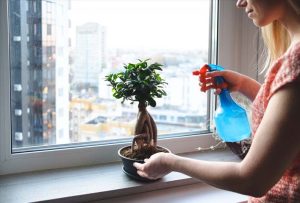
B is for Bonsai
B is for Bonsai 🌳 The word Bonsai is a Japanese word that means tree planting. Derived from the Chinese art form Penjing. But there

The Show Must Go On
Are you an entertainer? Dreaming of money, fame and glamor? Do you have what it takes to be an entertainer? Be it music, theater, comedy

Summer Calendar
Tips for a healthy summer Although coughs have a role in cleaning out irritants and infections from the body, a persistent cough can be irritating
HOW LONG DOES THE BATTERY LAST?
Up to 16 HOURS depending on the wind speed setting. 4000mAh Large capacity batteries provide 4-16 working hours’ duration (depending on different speeds). The Neck Fan has 3 SPEED levels. Adjust appropriate fan speed by pressing the power button repeatedly.
IS IT NOISY? HOW LOUD IS IT?
With the ultra-quiet design, we have meticulously manufactured the motor so that noises stay in a range of 25-40dB. It is quiet enough to hear your own breath.
IS IT HEAVY?
It’s not heavy, and it’s comfortable to wear. At Tap Trendy, comfort in our products is our first priority. All of our products are sophisticatedly designed so that they can deliver you the most enjoyable experience.
CAN I DO SPORTS WITH IT ON?
Can’t find a better neck fan to exercise with. Talk is cheap, try it on! Wearing Tap Trendy™ Neck Fan to your gym will change your life!
HAVE OTHER QUESTIONS?
Email us at: support@taptrendy.com

